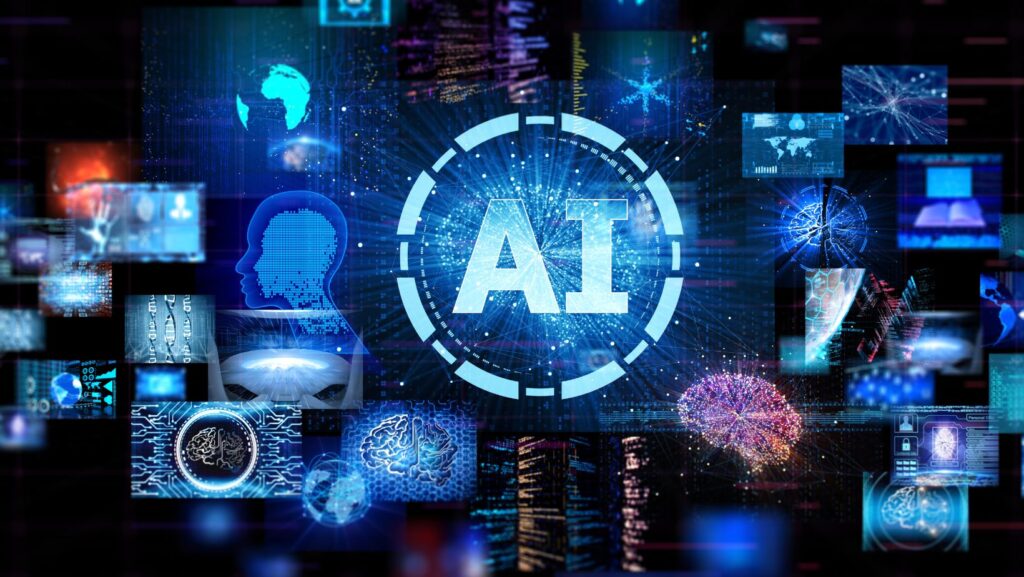
In a market driven by speed, accuracy, and constant reinvention, traditional software development is hitting its limits. More than just a buzzword, artificial intelligence has quietly woven itself into the core of digital transformation. Artificial intelligence software development services are no longer reserved for Silicon Valley giants, they’re rapidly becoming tools of competitive advantage for companies across nearly every sector.
Automating decision-making, refining operations, or learning from user behavior in real-time, AI is doing things that older systems can’t keep up with. But let’s be clear: this isn’t about futuristic robots taking over. It’s about intelligent systems solving real problems today.
Why Businesses Are Turning to AI Solutions
Businesses aren’t flocking to AI out of curiosity. They’re doing it because the return on investment is becoming harder to ignore. Here’s why the shift is happening now.
- Repetitive tasks are choking innovation. From sorting emails to reviewing insurance claims, many processes can be offloaded to AI, freeing up human teams for higher-value work. This shift not only speeds up operations but also reduces the risk of human error in routine tasks.
- Data is everywhere, but few know what to do with it. AI thrives in data-rich environments, revealing insights most teams would overlook. By turning scattered data into actionable strategies, AI enables faster, smarter business decisions.
- User expectations have changed. Customers want smart apps. They want personalized content, instant responses, and accurate recommendations. AI delivers that with startling precision. Failing to meet these expectations often results in user churn and lost revenue.
It’s not that traditional development is obsolete, it’s that it no longer satisfies the growing appetite for adaptability, learning, and predictive behavior in software solutions.
Main Components of Artificial Intelligence Software Development Services
Good AI is built piece by piece using specialized components that align with specific business goals. Some of the most common services include:
- Machine Learning (ML): Algorithms that improve through exposure to data, enabling applications to learn from behavior without being explicitly programmed.
- Natural Language Processing (NLP): Used in chatbots, sentiment analysis tools, and voice assistants, NLP helps machines understand human language in context.
- Computer Vision: Enables software to interpret and act upon visual data, ideal for industries like retail (visual search), manufacturing (defect detection), or healthcare (imaging diagnostics).
- Predictive Analytics: By analyzing historical data, AI systems can forecast trends, e.g., customer churn or inventory needs, with surprising accuracy.
The best development partners combine these technologies into tailored ecosystems that serve specific business needs. No one-size-fits-all solutions here.
The AI Software Development Life Cycle: From Idea to Deployment
Building an AI-powered application isn’t like coding a static website. It’s fluid, iterative, and heavily reliant on data. The AI software development life cycle reflects that complexity, and for good reason.
Here’s a no-fluff breakdown of what it looks like:
- Problem definition and feasibility check
Not every problem requires AI. The first step is asking: What’s the actual goal? Can AI improve the outcome, or is it overkill?
- Data collection and preparation
Raw data is messy: inconsistent formats, missing values, duplicates. This step involves serious cleaning and structuring to make it model-ready.
- Model selection and training
Depending on the use case, developers choose suitable algorithms and begin training the model. Expect dozens (if not hundreds) of iterations.
- Validation and optimization
Testing the model against real-world scenarios helps refine its performance. Biases, errors, and false positives are tackled here.
- Deployment and integration
The AI model is embedded into your existing systems (web apps, mobile apps, internal dashboards) wherever it adds value.
- Monitoring and refinement
AI isn’t a “set it and forget it” kind of deal. Models degrade over time if not retrained with fresh data, especially in fast-changing environments.
This life cycle demands a mix of domain expertise, data science proficiency, and a keen eye for system integration.
Challenges in AI Software Development
AI is powerful, but it’s not magic. Companies often underestimate the challenges that come with AI projects. Look at some common pain points you should consider.
Data privacy and regulation
With GDPR and similar regulations tightening the leash, companies need to be extra careful with how data is stored and used in AI models.
Talent shortages
There’s a growing gap between demand for AI specialists and available expertise. Hiring the right people (or partnering with the right firm) is crucial.
Algorithmic bias
AI models are only as good as the data they’re trained on. If that data is biased, the results can be skewed with real-world consequences.
Integration complexities
AI often needs to work alongside legacy systems. That’s rarely a plug-and-play scenario and usually requires significant backend re-architecture.
These aren’t reasons to avoid AI, but they are reasons to approach it with clarity, planning, and expert guidance.
How to Choose the Right AI Software Development Partner
Not all AI vendors are created equal. Some offer shiny dashboards but little depth. Others bury you in jargon without solving your core problem. So what should you actually look for?
- Proven industry experience: Look for firms that understand your sector. They’ll already know the pain points and opportunities specific to your domain.
- Full-cycle development capability: From initial research to post-launch updates, a strong partner handles every phase of the AI journey.
- Transparent methodologies: You should understand how your AI works. Avoid black-box models with no accountability or explainability.
- Support for scaling: Can the solution grow as your business does? Choose a partner who thinks long-term, not just MVP.
Bonus tip? Ask to see failure stories. A good partner will be honest about what went wrong and how they fixed it, that’s where the real learning is.
Conclusion
The age of static applications is waning. Whether you’re in healthcare, retail, finance, or logistics, AI has the power to make your software not just smarter, but truly strategic. Creating artificial intelligence software is not about chasing trends. It is about building adaptable, insightful, and efficient solutions that move at the speed of your business.
For companies willing to explore what AI can do, and do it right, the possibilities aren’t just impressive. They’re game-changing.













